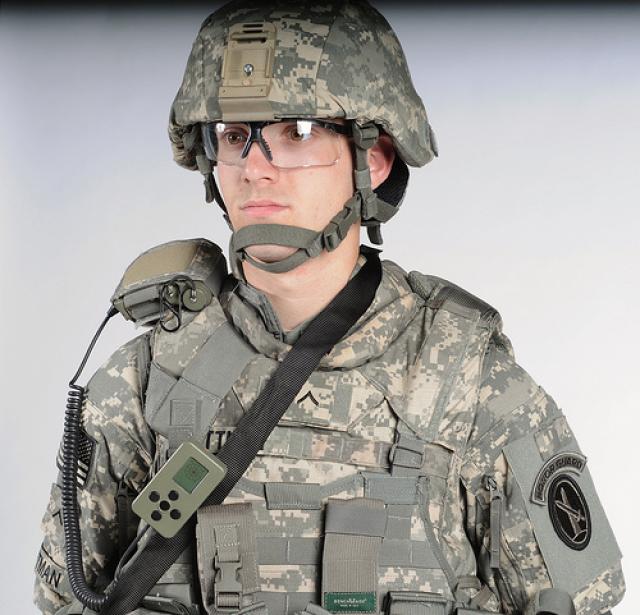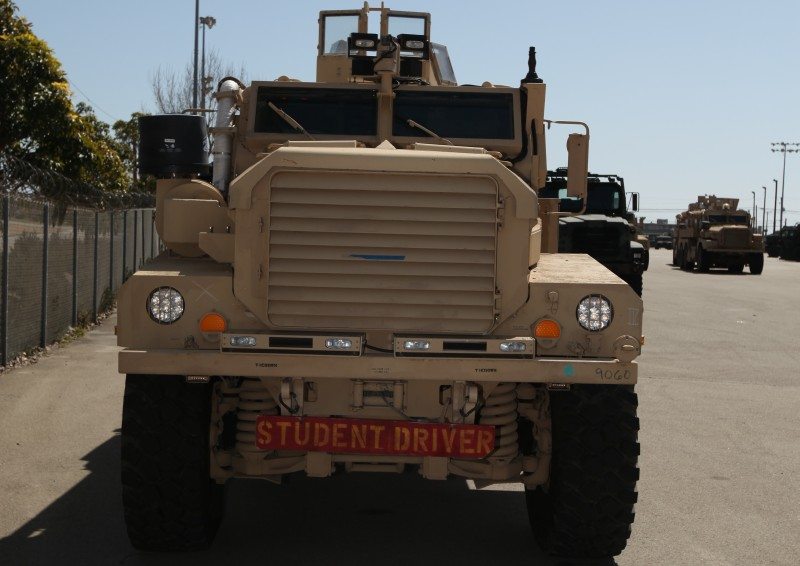U.S. Army forces in Afghanistan will begin receiving the first of more than 13,000 gunshot detection systems for the individual dismounted Soldier later this month, service officials said.
“We’re really trying to ensure that every Soldier is protected,” said Brig. Gen. Peter Fuller, Program Executive Officer Soldier.
The Individual Gunshot Detector, or IGD – made by QinetiQ North America – consists of four small acoustic sensors worn by the individual Soldier and a small display screen attached to body armor that shows the distance and direction of incoming fire.
The small sensor, about the size of a deck of cards, detects the supersonic sound waves generated by enemy gunfire and instantaneously alerts Soldiers to the location and distance toward the hostile fire, said Lt. Col. Chris Schneider, product manager for Soldier Maneuver Sensors.
“When you get fired on – instead of trying to figure everything out – you will have technology to assist you in knowing what happened and where the shot was coming from,” Fuller said.
The entire IGD system, procured by PEO Soldier and the Army’s Rapid Equipping Force, weighs less than two pounds, Schneider said.
The idea is to strategically disperse the systems throughout small, dismounted units to get maximum protective coverage for platoons, squads and other units on the move, Schneider explained.
Over the next 12 months, the Army plans to field up to 1,500 IGDs per month, he said. In the future, the Army plans to integrate this technology with its Land Warrior and Nett Warrior systems. These are network-situational-awareness systems for dismounted units, complete with a helmet-mounted display screen that uses GPS digital-mapping-display technology, Fuller said.
“The next thing we want to do is try to integrate this capability with other capabilities; for example, we have Land Warrior deployed in Afghanistan and we’re going to have Nett Warrior coming into the force. How about, if you get shot at, not only do I know where that came from, but others know where it came from because I can network that capability,” said Fuller.
“It’s about how to leverage technology to improve your survivability and situational awareness.”











